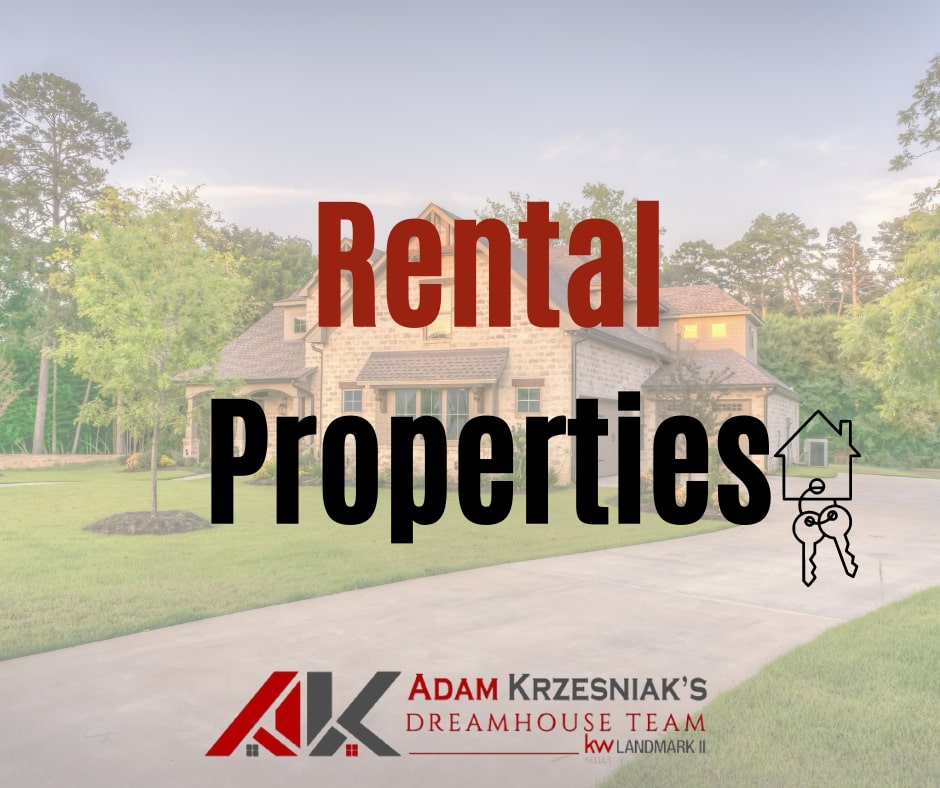
What factors contribute to the value of a rental property? How can you be sure you’re not getting into debt? These and other questions are probably on your mind. But keep reading. We’ve put together a comprehensive guide to evaluating and purchasing a rental property. Understanding each of these points is an excellent starting point for real estate investment success.
-
Capital Asset Pricing Model (CAPM)
A more comprehensive valuation tool is the capital asset pricing model (CAPM). The CAPM introduces real estate investors to the concepts of risk and opportunity cost.
This model examines the potential return on investment (ROI) derived from rental income and compares it to risk-free investments such as US Treasury bonds or alternative forms of real estate investing such as real estate investment trusts (REITs)
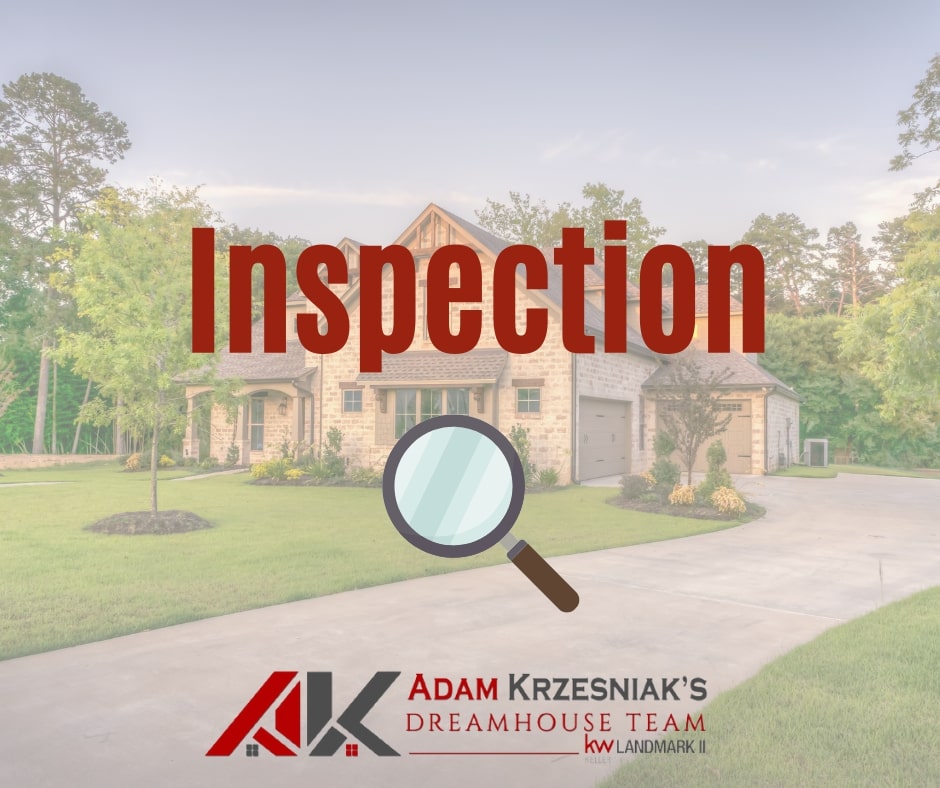
-
Get an inspection every time.
Here, going with your gut won’t be helpful. No matter if you’re buying rentals for the first time or adding a fifth property to your portfolio, each property will have its own benefits and drawbacks. For your first rental experience, you might be more drawn to turnkey homes. The objective for seasoned veterans may be to locate a rental property in a new city or region in order to increase their rental property footprint. No matter which scenario best describes you, always seek a professional opinion regarding a property to gauge its condition. Avoid making decisions based solely on your walkthrough of a property and resist being pressured by a hurried sale.
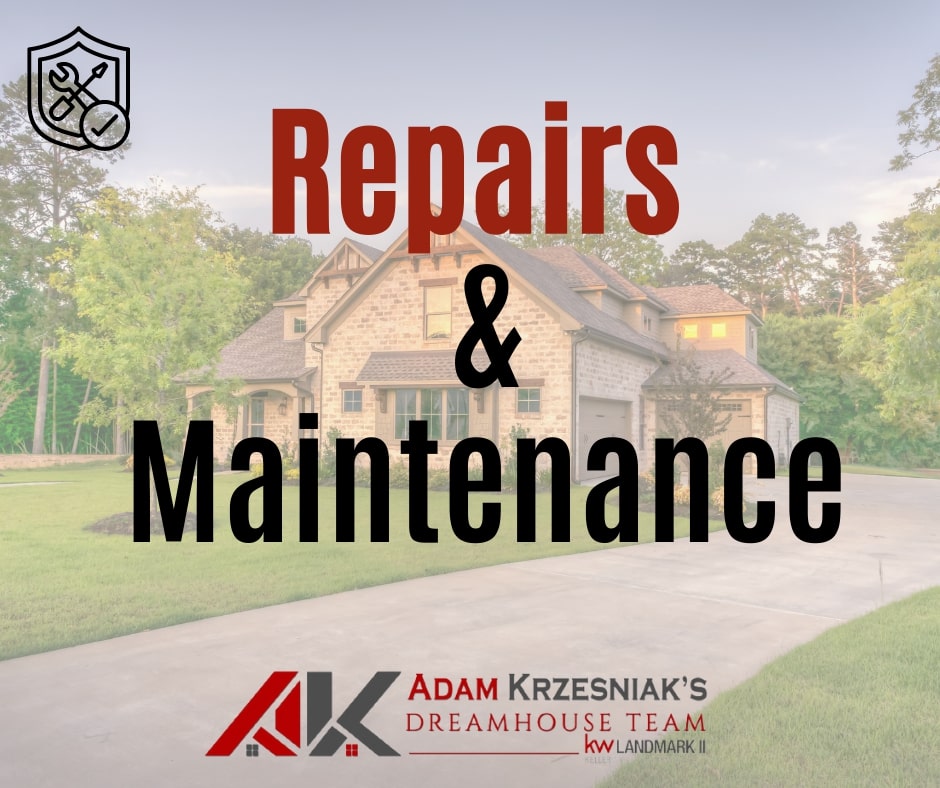
Expect repairs and maintenance
Repairs and upkeep of rental properties are routine occurrences. To prevent major home component failures, you should also create ongoing plans for seasonal and yearly visits from dependable contractors. There will be typical weathering, aging, and wear and tear to take into account. Replaced roofs will be required. Trees will need to be trimmed. And eventually, appliances will break down. Establish a trustworthy network of suppliers now, and bargain for the best prices to avoid costly surprises when it comes to repairs or maintenance.
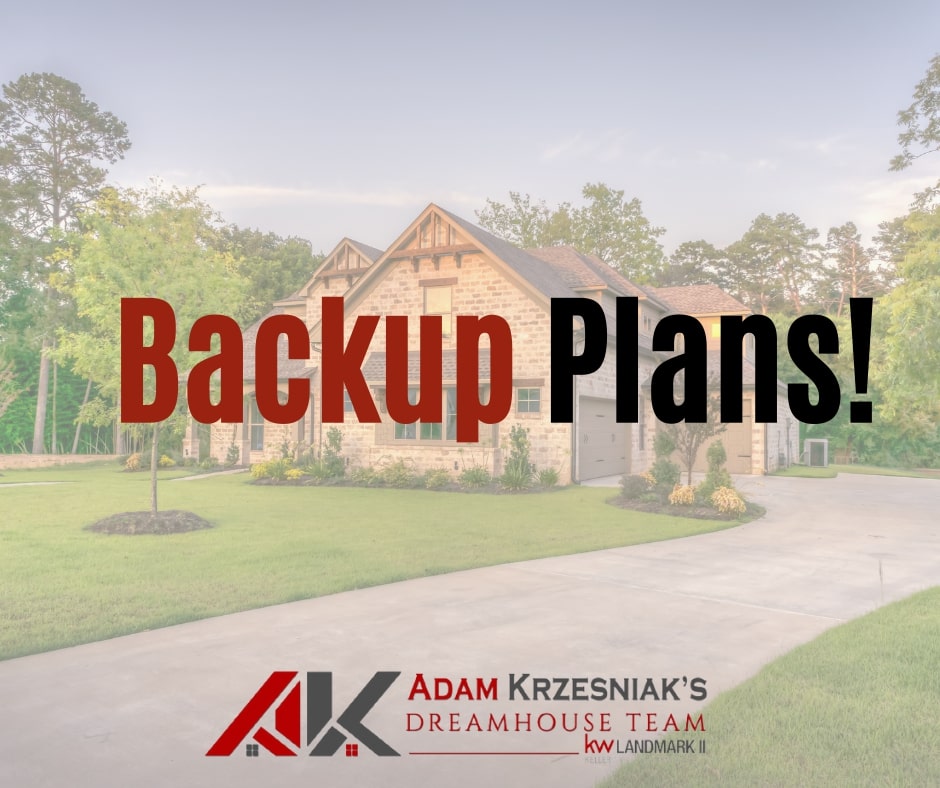
Having backup plans in case of vacancies
You must plan for contingencies and look beyond the numbers when preparing for rental property investment success. Being a landlord entails a certain amount of vacancy management, eviction management, and property damage management. Yes, you will make plans for management best practices to aid in risk reduction. However, you should also have a plan in place in case your property remains empty longer than expected.
What tools are at your disposal to help you deal with the legal ramifications of evictions? Can you afford repairs in the event that residents seriously damage your property? Be prepared in advance by speaking with a legal advisor, understanding your insurance policies inside and out, and putting money aside for those inevitable “rainy day” situations.

-
Location Always Matters
Location will always be important, regardless of what you’re looking to buy or the area you plan to purchase a property in. Make a list of the essentials for yourself, including the distance to nearby major cities and the accessibility of community amenities. Are there more vacant homes and “for sale” signs dotting nearby blocks of homes, or is the neighborhood in question expanding? What are the current unemployment rates and how is the local economy faring? Do not be reluctant to speak with nearby business owners or other professionals who may be able to offer insight into the development and prosperity of the community.
-
Recognizing the Costs
Even the most turnkey of properties will come with a long list of new expenses that you must budget for when you purchase rental property. Each rental property will have a distinct set of short-term and long-term expenses. Here are a few of the more typical costs you can anticipate, however, for the purposes of this comprehensive guide.
-
Understanding Your Budget and Borrowing Power
Government-backed mortgages like FHA, VA, or USDA loans aren’t available for real estate that isn’t intended to be your primary residence. To finance the purchase of your first or tenth rental property, there are a number of lending options available.
- Conventional Loans
- Home Equity Loans
- Jumbo Loans
- Home Equity Lines of Credit
- Cash-Out Refinance
Mortgages for rental property may also have different or higher interest rates. So, discuss your options and borrowing capacity with your lending specialist. If you have long-term plans to develop a portfolio of properties, you should make sure your lending partner is on board with these goals as well. If necessary, do some comparison shopping to find the best lending expert.
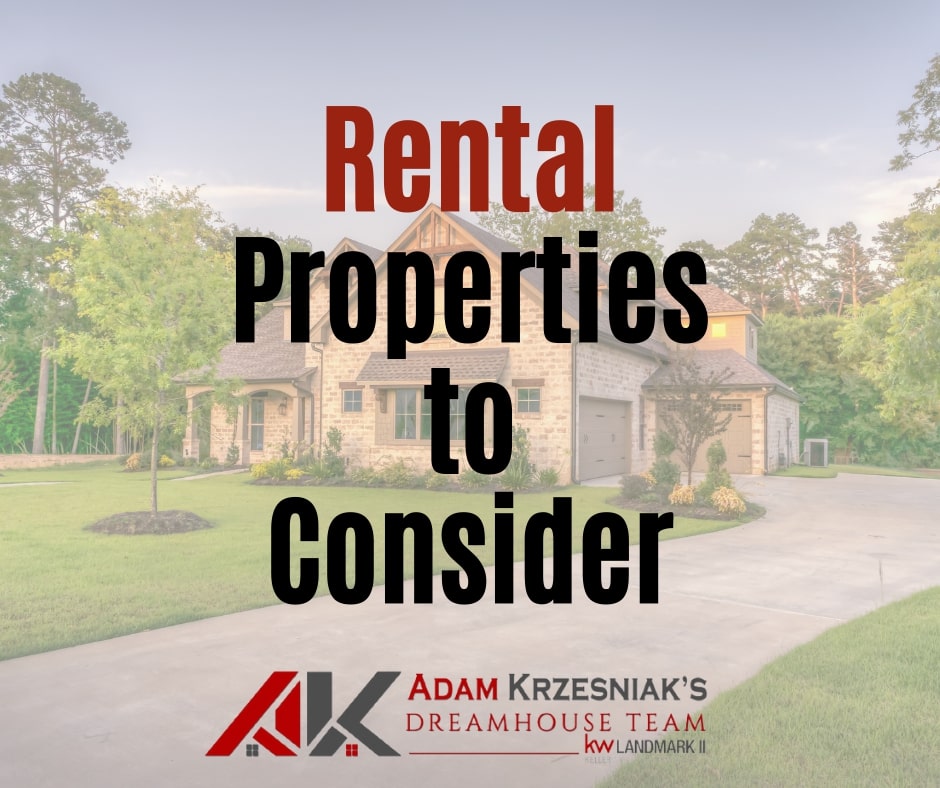
Types of Rental Properties to Consider
Educate yourself on the various types of rental properties to buy. The real estate market is intense with activity right now, meaning you’ll likely find just the type of property you have in mind. If it’s your first purchase, a single-family dwelling can be a great first property. If you’re growing a portfolio of properties, it might be beneficial to diversity by purchasing property types that differ from your other investments.
- Single-family homes
- Multi-family unit properties
- Condos
- Vacation rentals
- HOA properties


